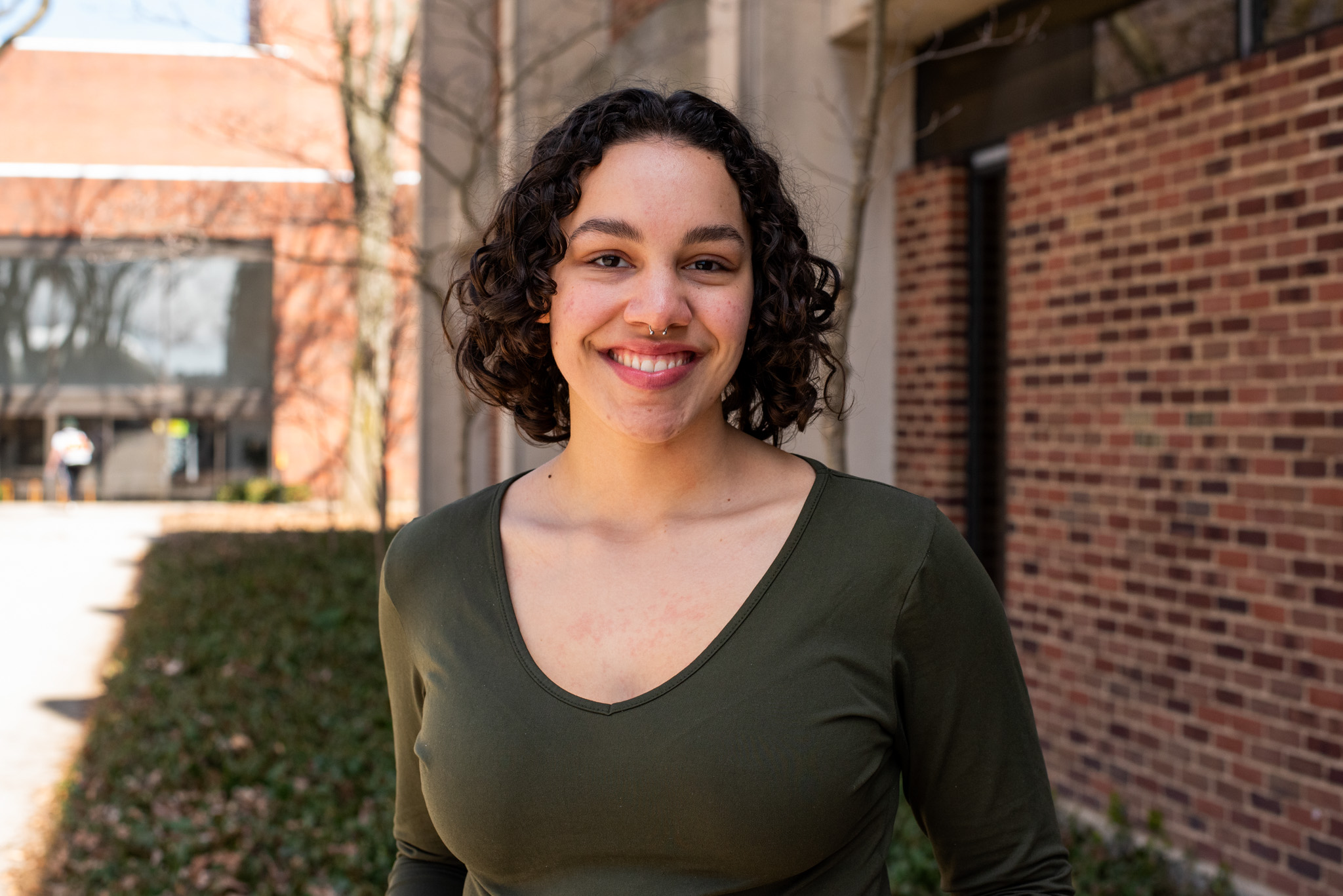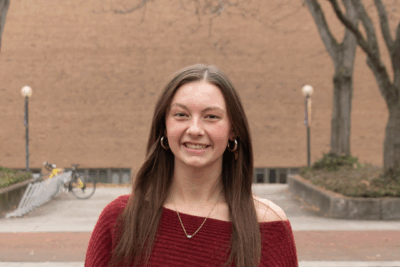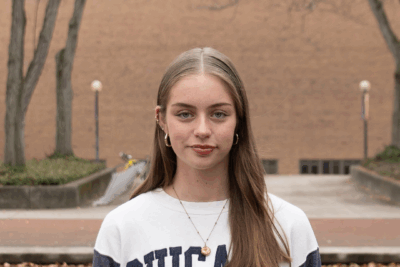Last semester in advising, I realized the only other GLST course I needed to schedule was a “Cultural Perspectives” course. I saw that one of the options, Renaissance and Resilience with Jonathon Schramm, would include a five day trip to Detroit, Michigan over the midterm break. Honestly, I was hesitant because this is the first year that I wouldn’t be touring with the choir, so I could actually have a midterm break.
This also happens to be the first year that a midterm break trip for SST has been offered at GC! Schramm, Professor of Sustainability and Environmental Education, remarked that the college supported the trip from the beginning, especially the Global Studies program staff, “In fact, at this point I can’t quite remember if I first approached them with the idea or they asked me about it.”
We had spent the semester leading up to the trip learning about Detroit’s traumatic history, including the systemic racism that their history has been rooted in. A big theme was the boom and bust cycle. There was an economic boom, or a sudden growth in opportunities, specifically for the African American community, leading to vibrant culture and successes. Of course, this was followed by a bust, which led to communities getting torn apart, families moving elsewhere for better opportunities and vacant lots.
Going into the Detroit trip, we were mindful of the negative assumptions people often make about the city’s reputation: “It’s abandoned,” “there’s nothing happening there anymore,” “it’s dangerous.” Because of this, Jacob Dixon, a junior art major, went into the trip being comfortable not knowing what Detroit had to offer and “did not want to make any assumption as to what [he] would be entering.” Those five days in Detroit alone proved over and over that there’s a lot more than just abandoned buildings in Detroit. They are an example of cultural resilience.
While there, we spent our days out from 9 a.m. to 6 p.m., meeting with multiple organizations (profit and nonprofit) every day. The organizations were all varied but had similar goals. Carlie Webber, a junior business major, observed that each organization had “a mission to see a better Detroit.” McClure’s Pickle Company was among Webber’s favorite organizations. Using her business background and love of pickles, she was “able to gain a lot of valuable insight into operations management and what that looks like in different industries” and “reveled in the opportunity to try some delicious pickles!”
During the trip we also visited the Motown Museum, Detroit People’s Food Co-op, Eastern Market, The Greening of Detroit and Downtown Detroit Partnership.
One thing we noticed was how there were painted murals where graffiti used to occupy. The mural that particularly stood out to Dixon was a painting of a young girl with words that displayed, “The sound of change has many voices,” which showed to Dixon that it was “representative of what everybody in the community is doing to create a thriving and vibrant environment.”
So…why was this experience so important??
Professor Schramm “hoped that the experiences in this course would help convince the class that not only is it possible to act with strength and creativity even in the face of hard times, but it is energizing and even joyful when we do that alongside others in community.”
For me, I saw how every person we talked with exuded a love and passion for their community, whether it was about Eastern Market building community through a love of food, or Motown Museum keeping the history of African American music and culture present in the community.
For Dixon, it was the art that “ignited a flame inside of [him] to create.” He reflected, “Upon arriving back to Goshen after viewing those murals, I immediately had to release creative output and start my own larger painting that contains messages concerning a reclamation of cultural and racial history, freedom, hope and love.”
Webber urged other students to consider taking the course in the future, “All students should consider taking this course as the knowledge and experiences gained can be applied to their future careers and it assists students in developing a global education and awareness.”
Overall, this trip to Detroit showed me and my classmates that it takes cultural resilience to come out of traumatic events. It also takes courage as well as many, many people’s hands involved in the long and hard work of repairing what’s broken.



